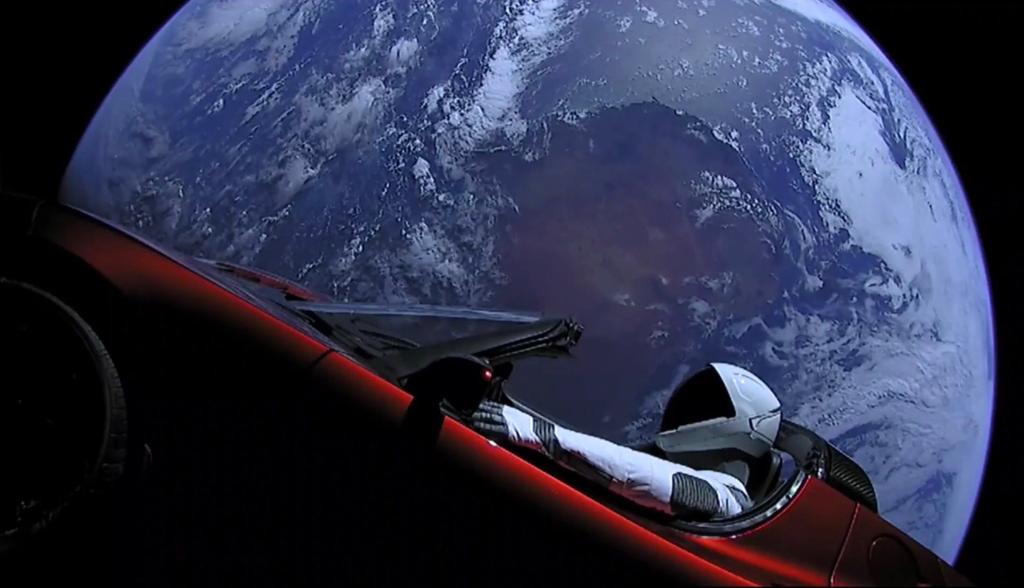
Last week, NASA’s Dawn space probe, which first launched back in 2007, finally ran out of fuel and has been declared dead. Regular readers will know that Dawn has been a great source of information and inspiration for me as I have been creating the future world of Far from the Spaceports, Timing, and the in-progress The Liminal Zone. So it seemed fitting to me to do a kind of tribute to Dawn here.
So here’s a timeline of key events:
- September 2007 — Launch
- February 2009 — Mars Gravity Assist
- July 2011 — Vesta Arrival
- September 2012 — Vesta Departure
- March 2015 — Ceres Arrival
- June 2016 — End of prime mission
- July 2016 — Start of first extension
- November 2017 — Start of second extension
- November 2018 — No remaining fuel: mission ends

Of course, Dawn is not going anywhere – it will remain in its current orbit around Ceres for decades at least, until some combination of inevitable gravitational perturbations distorts that orbit enough that it eventually crashes into the surface. But there will be no more navigation from Dawn, no more course correction, no more photos or science information.
I want to talk a bit about Dawn’s ion drive, in the connection of storytelling, but if you want pictures and information about the mission findings, the best place to start is the NASA site, which has separate pages for Vesta and Ceres.
So, the ion drive. Most craft up to now have used chemical rockets – two or more chemicals are stored separately, then mixed to form a high-energy burst of propulsion. For example, the latest SpaceX SuperDraco engine uses the two liquids nitrogen tetroxide and Monomethylhydrazine. The net effect is that the spacecraft is pushed with high acceleration in a particular direction. After this engine burn, the craft coasts with no further propulsion for days or months, until it’s time for another correction. Astronauts in the craft have to endure short periods of high g-forces, followed by long periods of weightlessness. The engine burns have to be very precisely calculated for direction, force, and duration, so as to minimise the need for subsequent burns. Once the fuel is gone, it’s gone, and each burn takes a fair proportion of the fuel stores.

What does this mean for storytelling? Well, most of the journey is spent at zero acceleration, coasting towards your destination without burning fuel, and without any sense of up or down. It took the Apollo astronauts about three days to get from the Earth to the Moon (and the same back again, after doing stuff on the lunar surface). As and when SpaceX or whoever sends another rocket there, it will still take about three days – the time taken is a result of the coasting period without power, not the force of the engine. And because of the long zero-gravity sections, you need to be fairly well-trained to manage this.
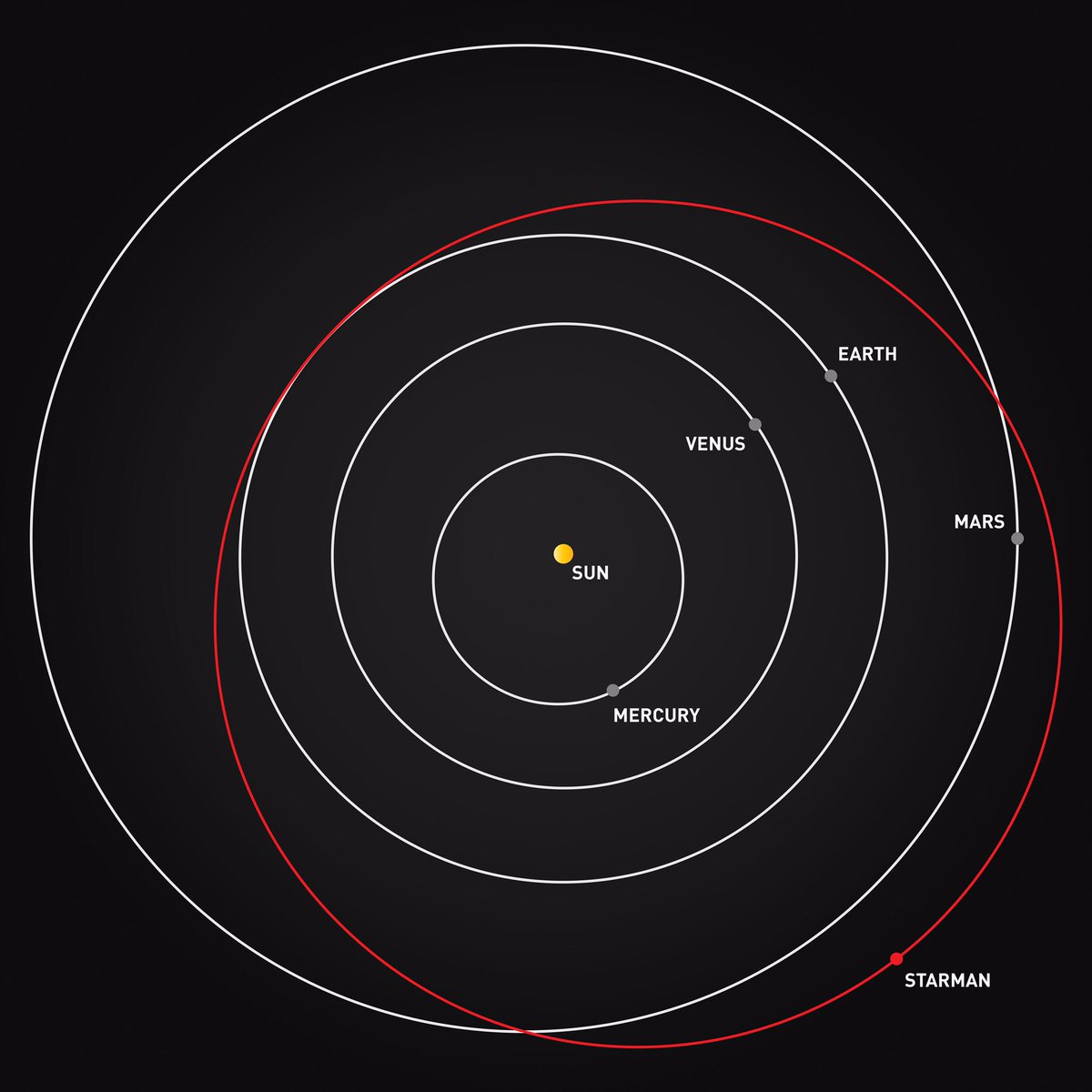
Now consider a trip to Mars. In February of this year, SpaceX launched a Falcon Heavy rocket, with payload of a Tesla car and suitable contents. It left Earth orbit and headed out on an orbit that goes out past Mars, but at a slight angle so that the two never intersect. Each orbit takes 557 days to complete, so at this point not even one has been finished. The payload – a Tesla car – passed by Mars orbit a few days ago, after about eight months.
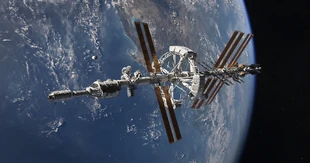
Now, this rocket had not reserved enough fuel to slow down and enter Mars orbit – it was a vivid proof of concept for SpaceX, not a real attempt to land on the Red Planet. But basically, if a human crew does the same journey in the same rocket, it will take them about eight months to get there – eight months of zero gravity, unless rocket design changes to include a kind of pseudo-gravity produced by rotation, as in the Hermes spacecraft in The Martian.
Getting out into the solar system on chemical rockets just prolongs these figures. Potential astronauts have to cope with months, if not years, of isolation and low gravity. It is just not viable to send people there, which is why the present focus has been on sending hardware and instruments.

Enter the ion drive, as used on Dawn and a handful of other craft. It is, in some ways, the opposite of a chemical rocket. It produces small amounts of drive thrust continuously for a very long time. NASA estimates that the thrust of the engines on Dawn is roughly the same as what you feel when you hold a piece of paper on the palm of your hand. It’s quite useless for getting off the Earth’s surface – you really do need something powerful for that – but as a way to get you from Earth to Vesta… or Vesta to Ceres… From a standing start in free space, Dawn would take about four days to go from 0 to 60 mph. But that ion drive just keeps piling on speed. Dawn’s engine ran for a total of about 2000 days during the mission – over 5 years.
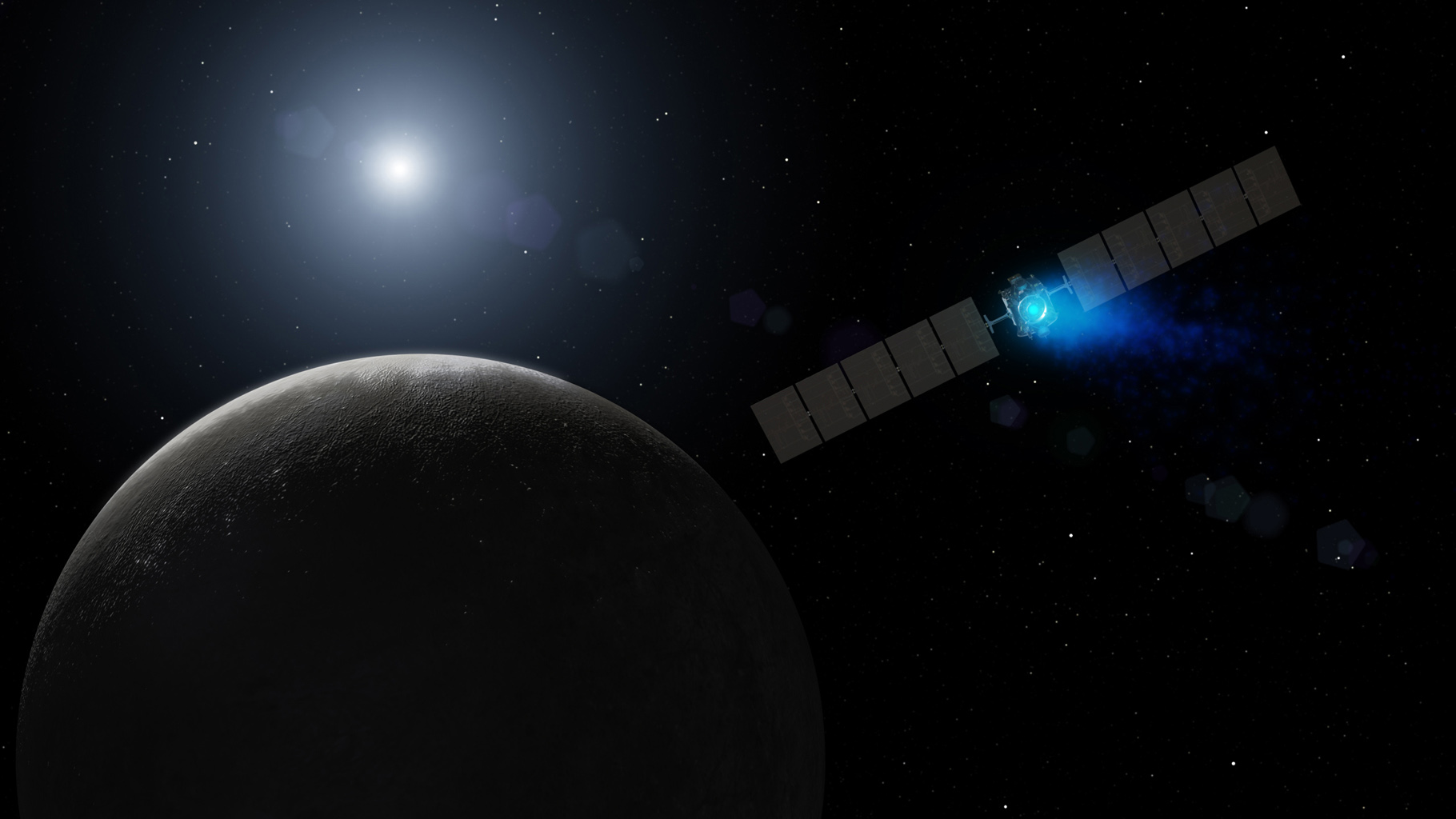
Now, if you have an engine that is always-on, your whole picture of the solar system changes. Let’s suppose you keep accelerating to the mid point, then flip over and decelerate the rest of the way, so that you get to feel a constant gravity all the way. Then further is more efficient. In twice the time you can go four times the distance. Or, to put the same thing another way, to go twice the distance takes less than one and a half times the time.
Of course, Dawn’s motors were still early versions of the design, with a low thrust output even at maximum. For my stories, I’ve assumed that the design can be enhanced to give an acceleration equivalent to 1/20 of that at Earth’s surface – considerably less than what you get on the moon. It would take some getting used to, but it means that your body and brain have a clear sense of up and down, and all those physiological functions that need gravity have a good chance to keep going! What does this mean for travel time?
- Earth to Mars takes between ten and twenty days, depending on their relative position at the time of launch
- Earth to Ceres takes about 3 weeks
- Earth to Pluto takes about three months
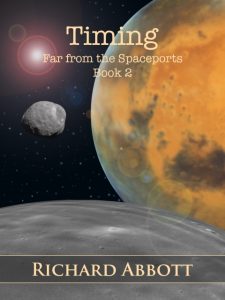
That works for storytelling – it’s not very different from journeys that people would take by sail back in the day. For example, an 18th century trip from England to India would take something like four to six months. Once the Suez canal was open, this reduced to about two months. People will put up with a journey like that for all kinds of reasons. So that’s roughly how you can imagine the solar system of my science fiction novels – a bit like our world was in the days of sail and early steam ships.
Here’s a short extract from Timing, in which journey time gets discussed a bit. Meanwhile, RIP Dawn!
Then, quite suddenly, I had been sent all the way to the Jovian system. That would have been fair enough after the local jobs, but it turned out to be a false alarm. One of the analysts thought he had seen a recurrence of an old scam, running out of the Callisto hub. So off we had gone – a long journey for both Slate and I, and when we left Earth orbit the planetary alignment meant there were no friendly stopovers to break the journey.
Once we got there, the two of us had poked around, wormed our way into this module and that, but found nothing. To be sure, we confirmed that the reported irregularities were real. We had easily managed to find the batch runs where the credit had gone missing, by comparing input and output. It happened every time a specific input value was missing or unreadable, and a default value had to be assumed. But the chosen default looked right and we couldn’t find root cause. The code was non-standard, and frustratingly weird, but there was nothing obviously suspicious. The logs were so skimpy as to be almost useless. It did not seem to be the kind of task that needed our skills, nor to be as much of a problem as the analyst had first thought.
When it was over, and having drawn a blank, we sent a summary report down to the Finsbury Circus office, suggesting that perhaps it would be more effective to send an accountant. We had managed to get four weeks out of the work, but it still felt like a long drag for not much return. To be fair, it was unusual for the analysts to make a mistake like that, so I was professionally polite rather than curt. Then it was time to warm up the engines of our sloop, the Harbour Porpoise, and off we set on the homeward leg.
I was all set for a boring journey back down the gravity hill to Earth, but Slate found an orbital option which would take us right past the Scilly Isles. That settled it. We deserved a reward for our fruitless diligence. So we changed the navigation plan, sent some messages ahead, and here we were. Elias, my manager back in London, had made a token protest at the diversion, but I told him that the Harbour Porpoise needed servicing and the delay was unavoidable.
Anyway, a couple of hours signal lag meant that we were already en route by the time his answer came back. We just said that we didn’t have enough reaction mass for such a radical course change. It might even have been true, though I was careful not to ask Slate for a technical analysis, and she was just as careful not to offer one.
Regardless of that, we weren’t minded to listen. Slate and I both reckoned that we deserved the break. Six weeks of voyage out to Callisto, and four weeks of fairly dull work had not made us receptive to a tedious trip straight back home again. It would mean nearly three months’ travel time for just one month of work, and we weren’t about to just put up with that without an argument.
